Rare Photos Show British Victorians Letting Their Hair Down at the Beach
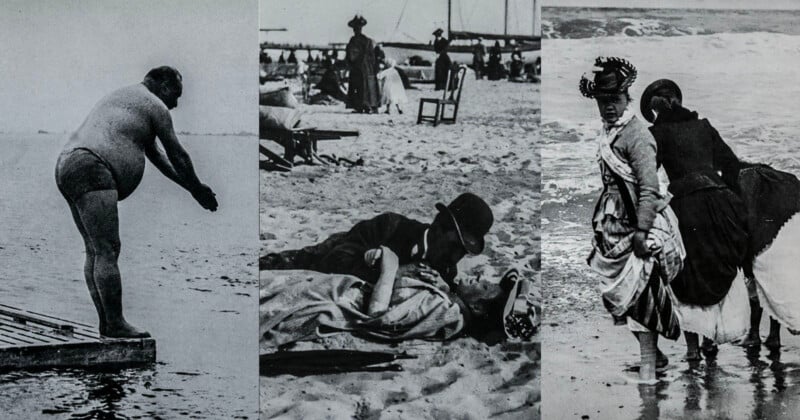
It is getting hot, and for many Americans, it’s time to head to the beach. But if you’re British, you might be heading to the seaside this weekend.
Although Americans don’t use the phrase “seaside”, it remains common parlance in quaint Old England, which is apt given that many of the towns and villages that derive their existence from being on the sea are often archaic.
Photographing the British Seaside
Going to the seaside is a tradition that’s as British as apologizing for no reason at all, and it has attracted photographers including Martin Parr and David Hurn. And for today’s Historical Friday feature, we’re looking at one of the very first documentary photographers to train his lens on the British coast.
Late Victorian photographer Paul Martin was unusual for his era since he was interested in capturing photos of the working class. Traveling to resorts like Hastings, Yarmouth, and Jersey, Martin used a Fallowfield’s “Facile”, a clandestine film camera, to take snapshots of subjects without them realizing it.
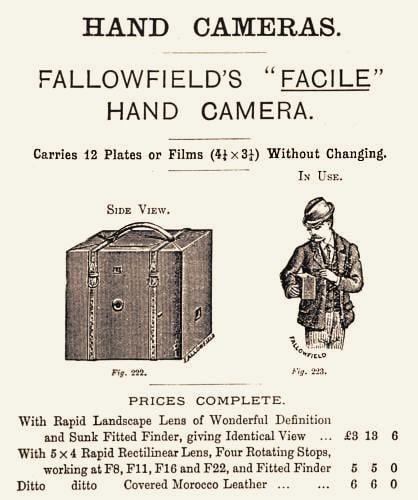
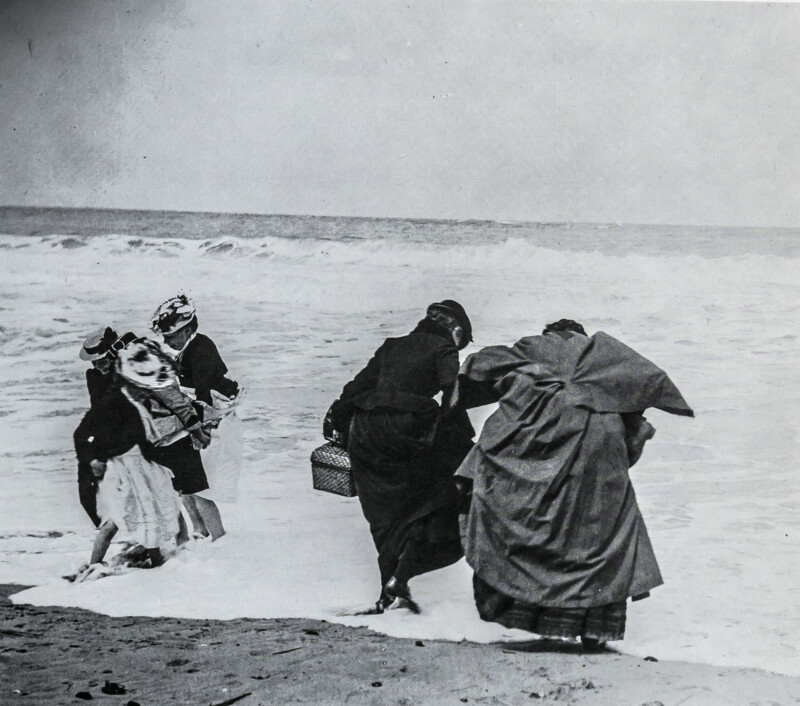
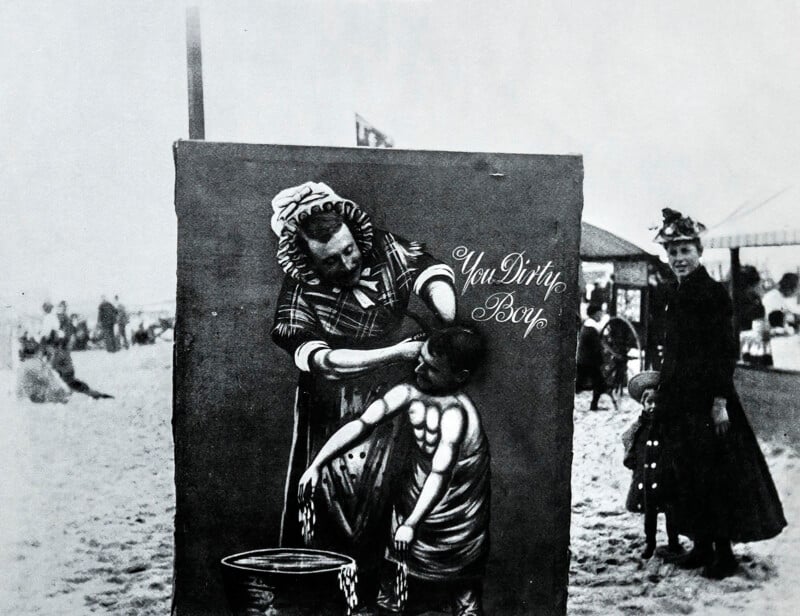
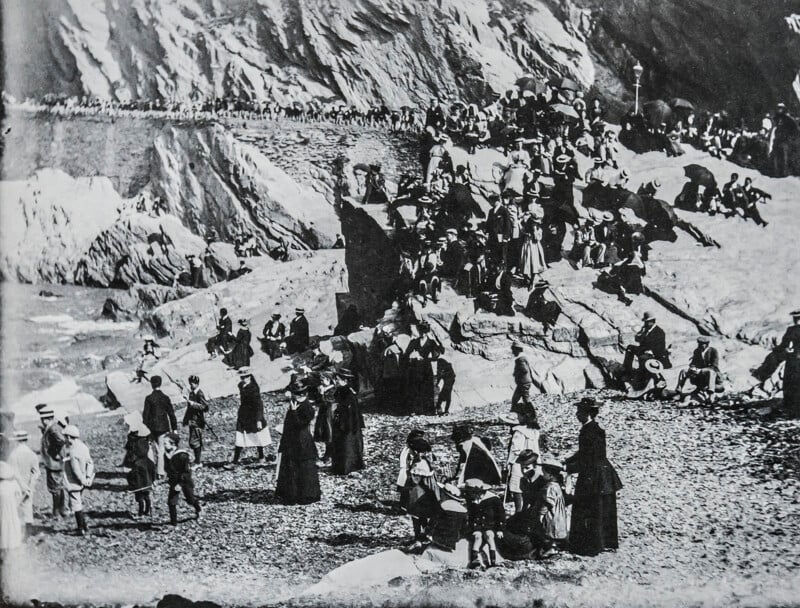
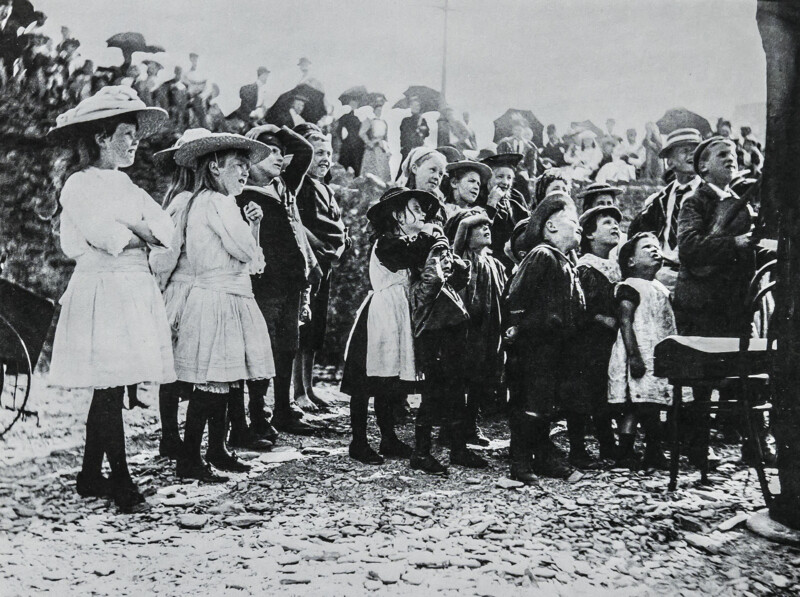
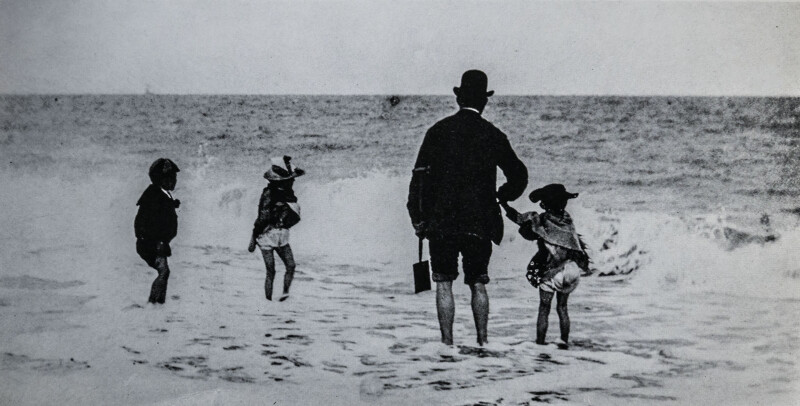

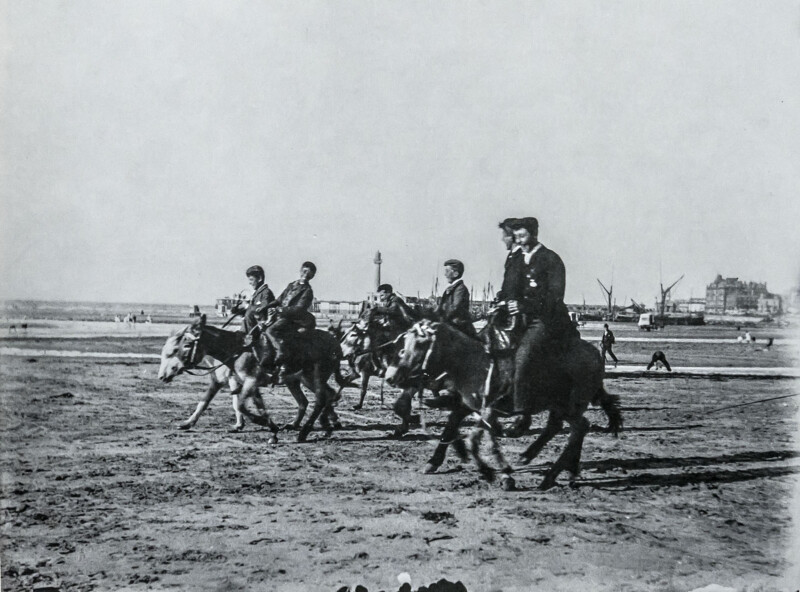

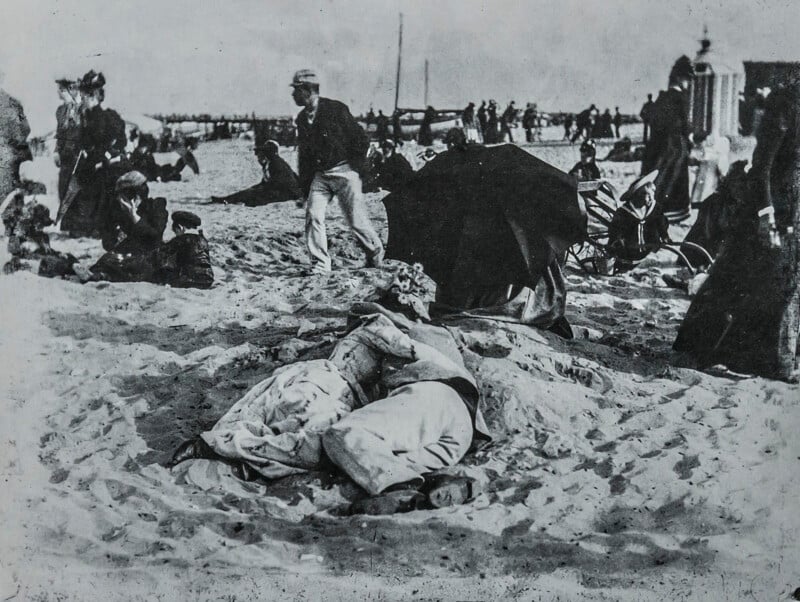
Dressed head-to-toe in hats, blouses, bloomers, and stockings, it’s a far cry from how people dress for the beach today. Nevertheless, Martin captured photos of people behaving distinctly un-Victorian; clinching a lover in the sand, joking around for the camera, and smiling while enjoying a beach concert.
The people he photographed were workers and craftspeople, working-class subjects less confronting than the gentry who would have felt entitled to challenge him. And though Martin’s imagery of the less privileged is sympathetic, it was not motivated by any urge for social and political reform like Lewis Hine, for example.



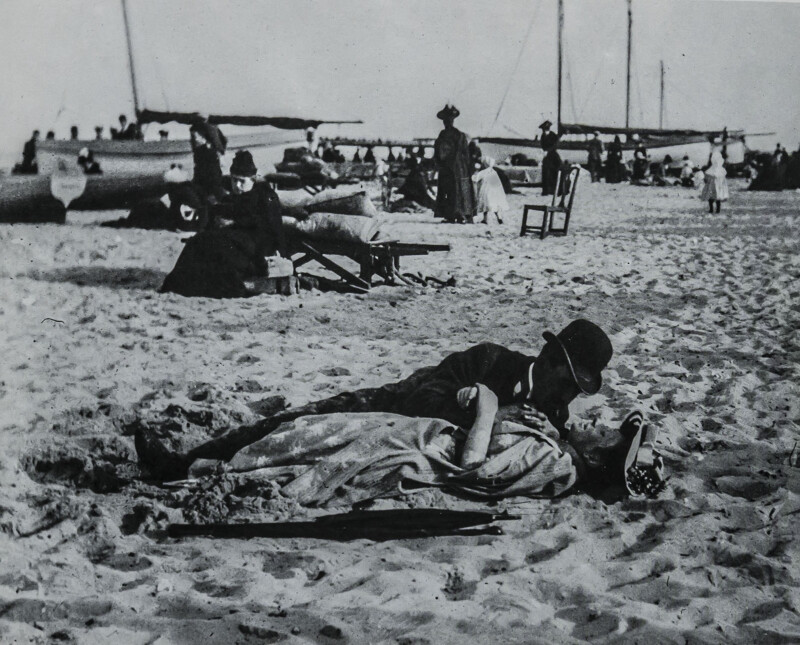


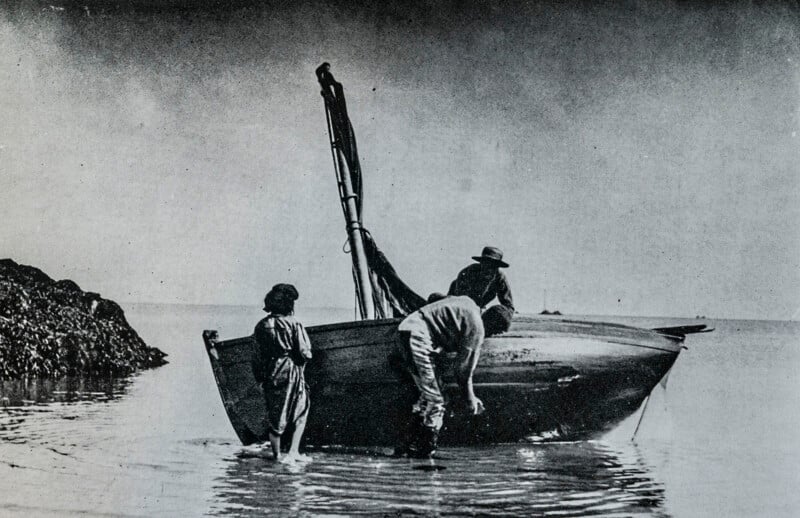
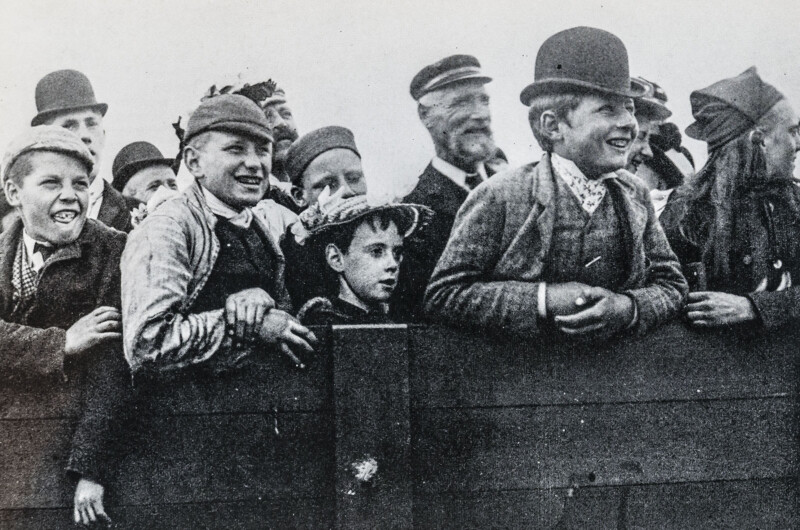
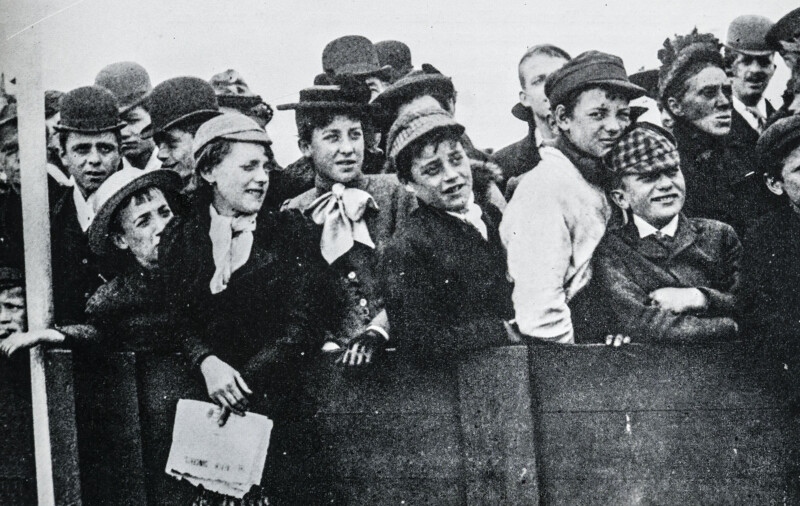
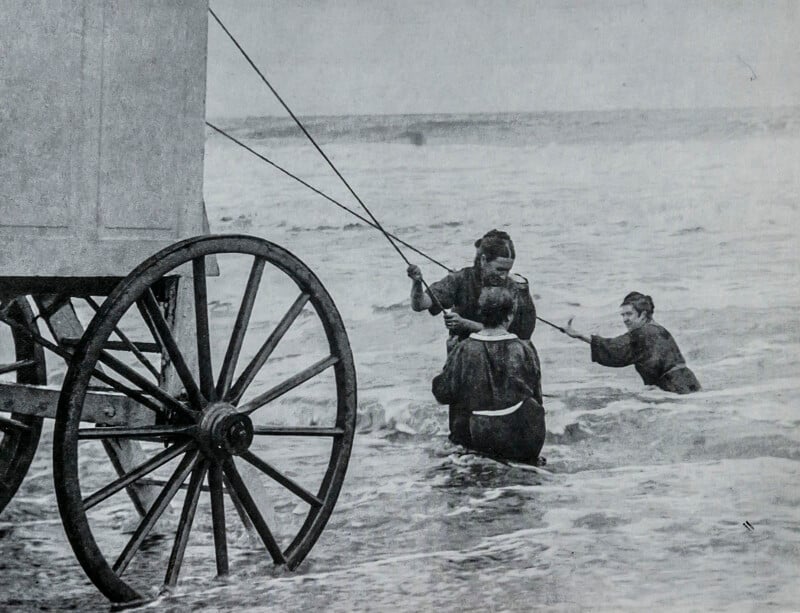
But upon presenting his peers with the photos of working-class people lounging at the beach, the members of his camera club were appalled.
“They are not encouraging towards the type of subject which I was then taking … many members looked down at my studies, regarding them shocking,” Martin wrote in his diary. “They felt that an image demanded a noble and dignified subject, a cathedral or mountain or family party dressed up in their Sunday best.”
This snobbishness was ultimately proven wrong as collectors eventually found value in Martin’s work, and his photos are now held by London museums. But sadly, that was after he had already died and sold his negatives for a cheap price. Sir Cecil Beaton, who shot famous photos of a young Queen Elizabeth II, dubbed Martin the “Charles Dickens of the lens.”
Image credits: Paul Martin / Courtesy of News Dog Media